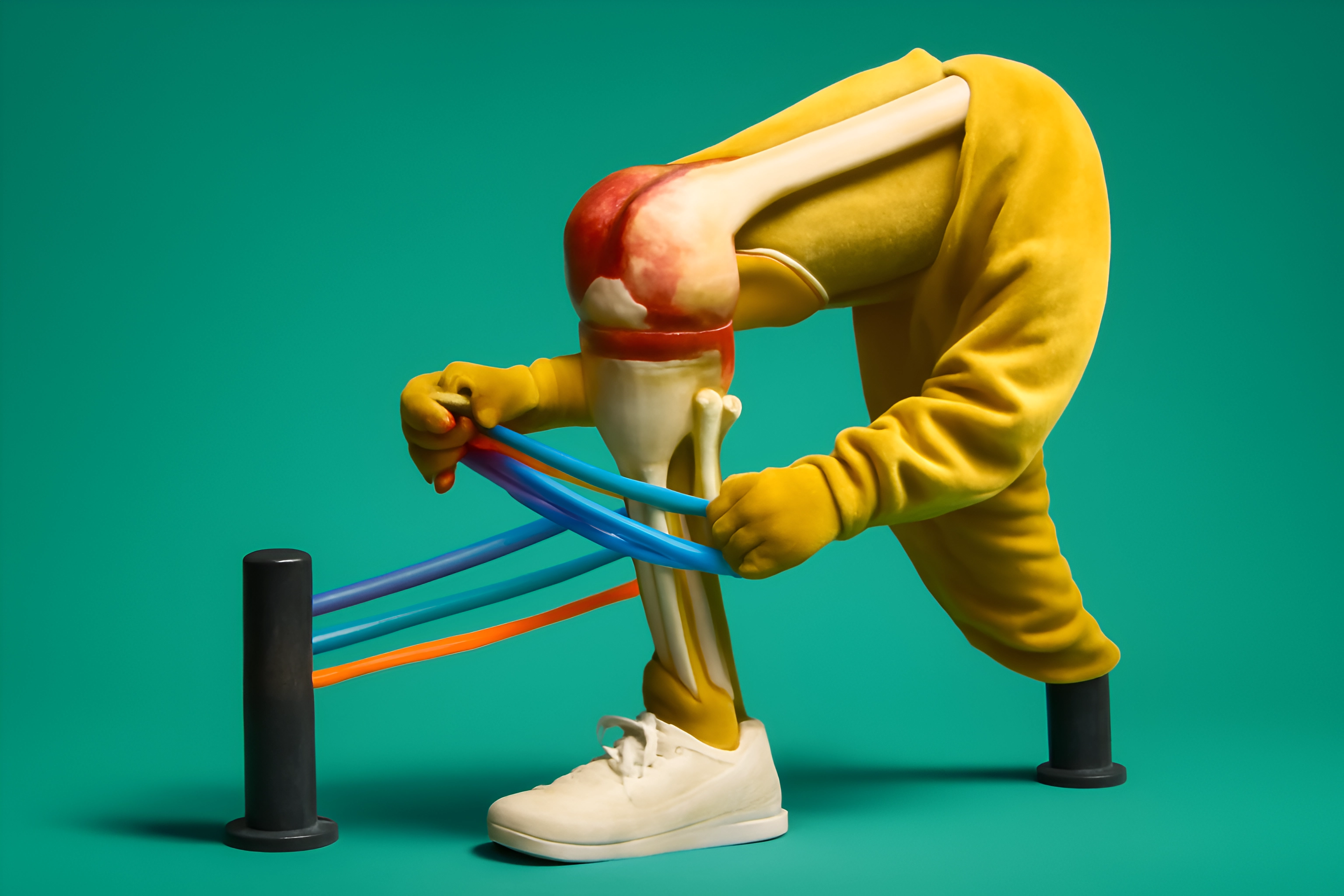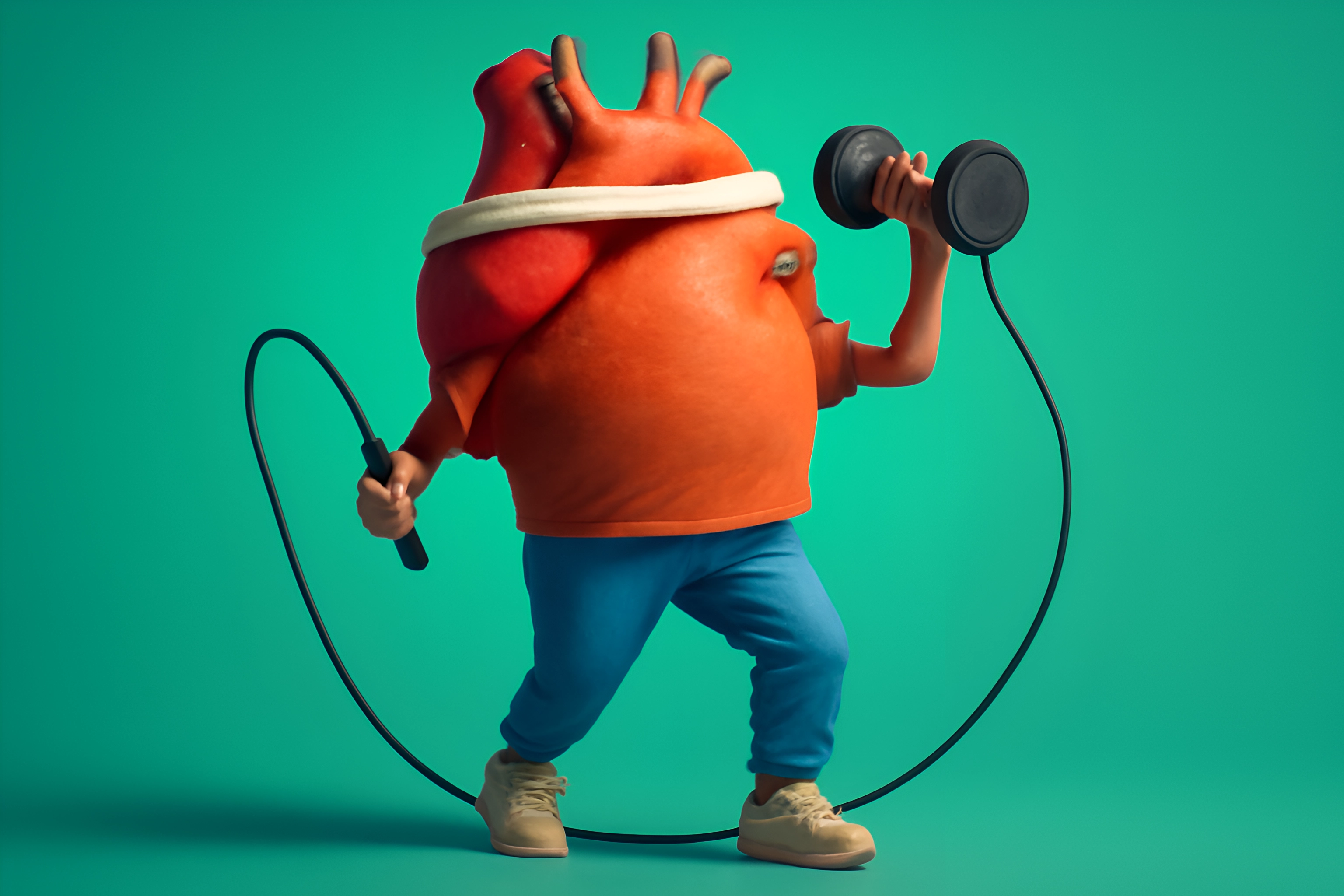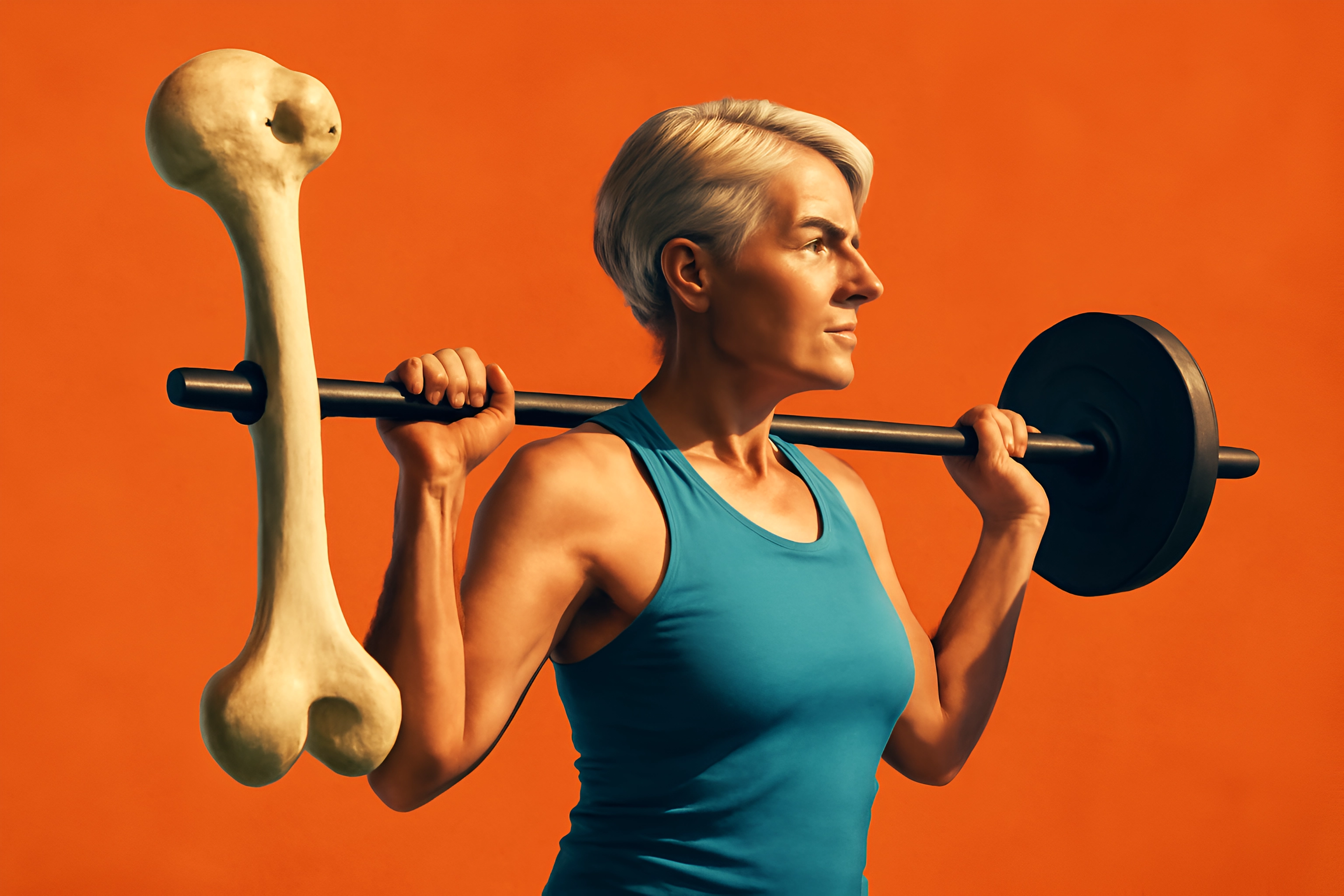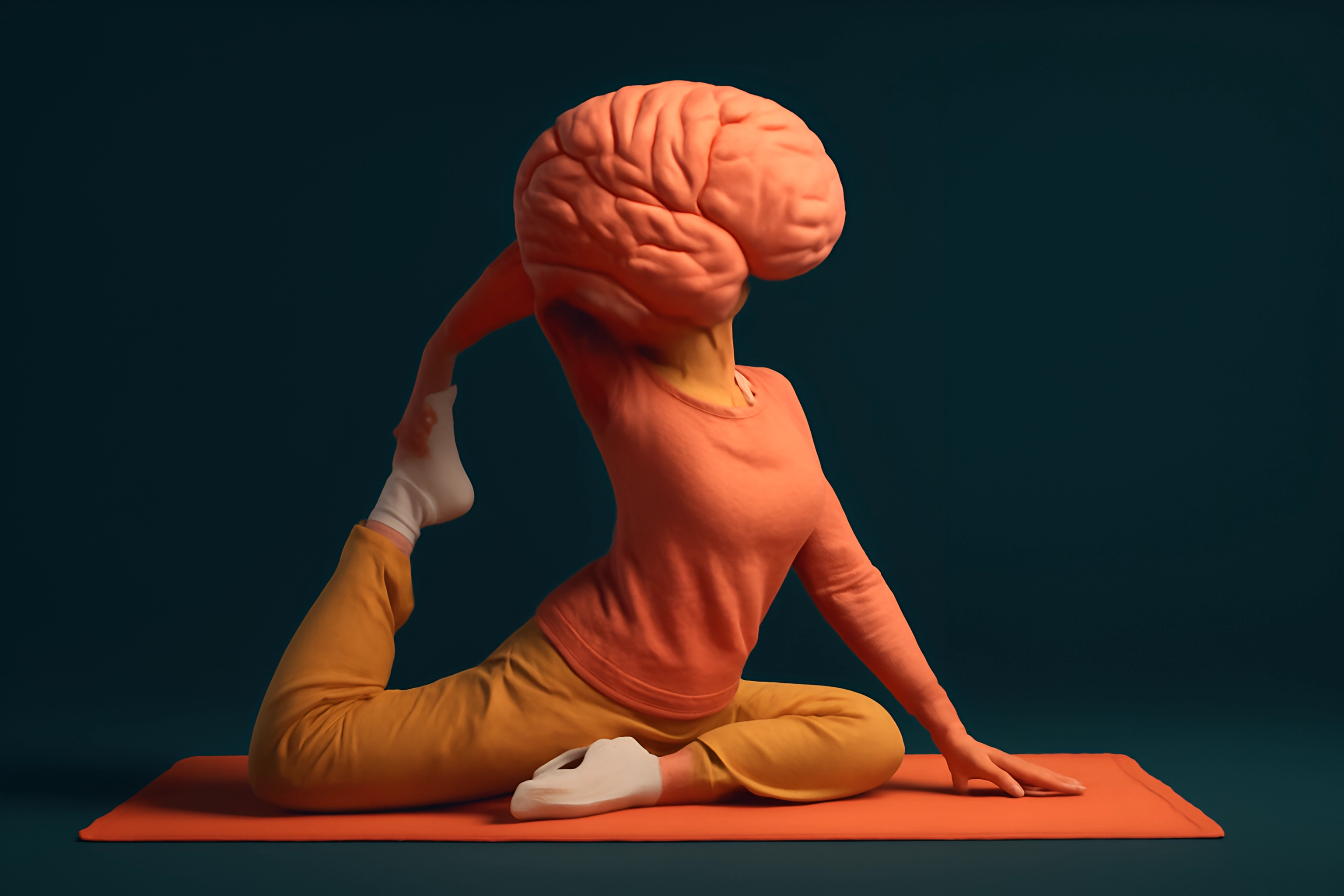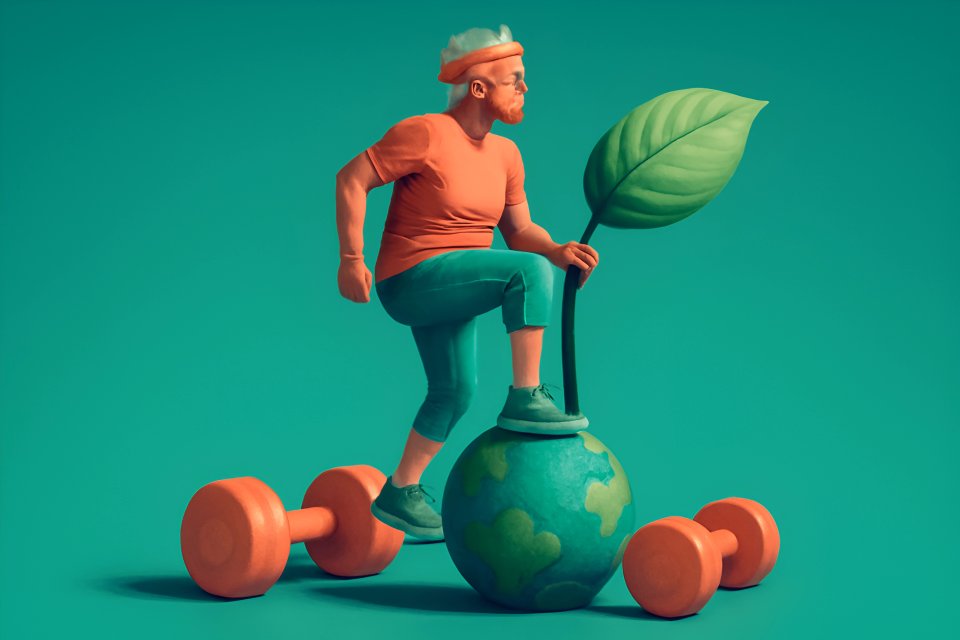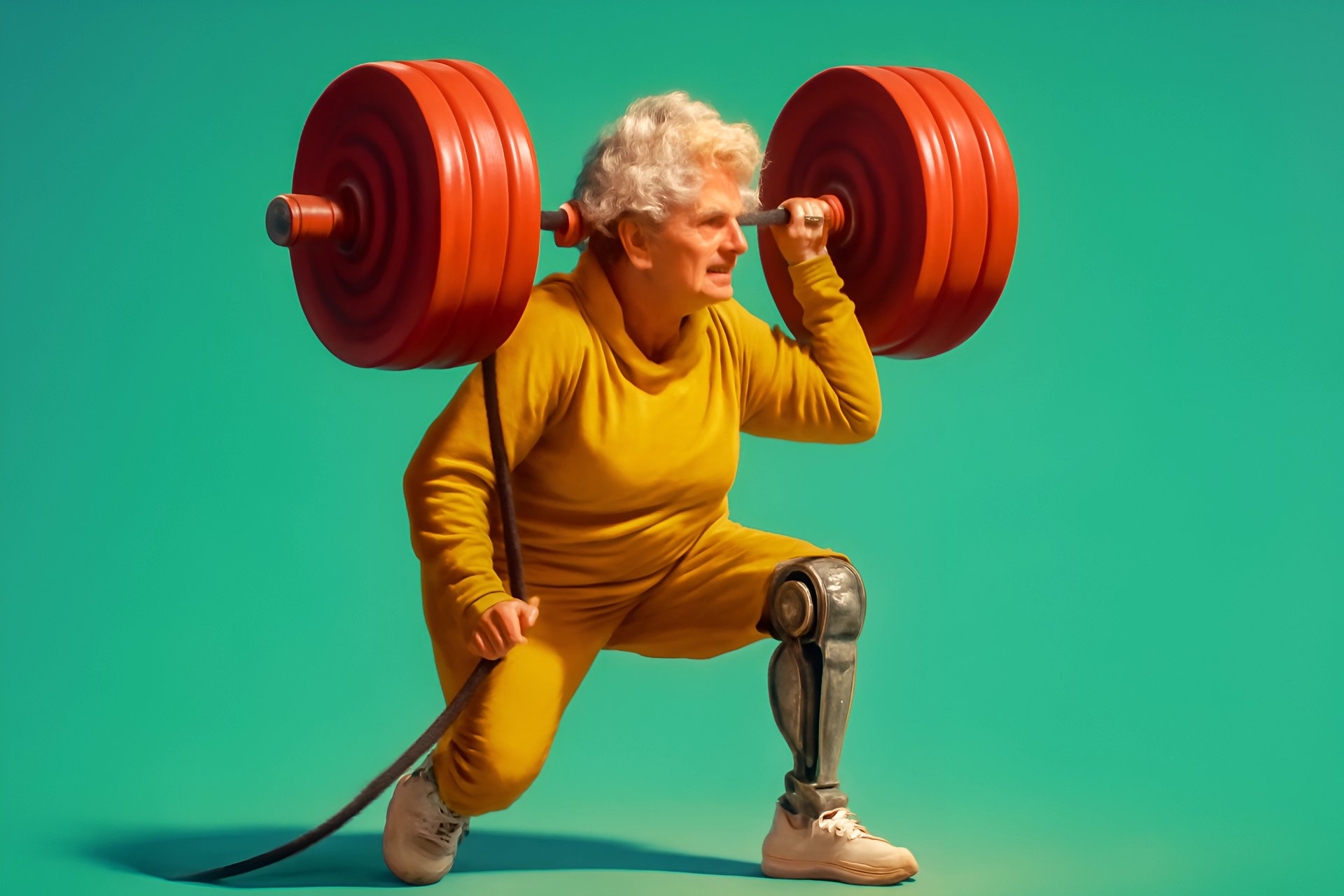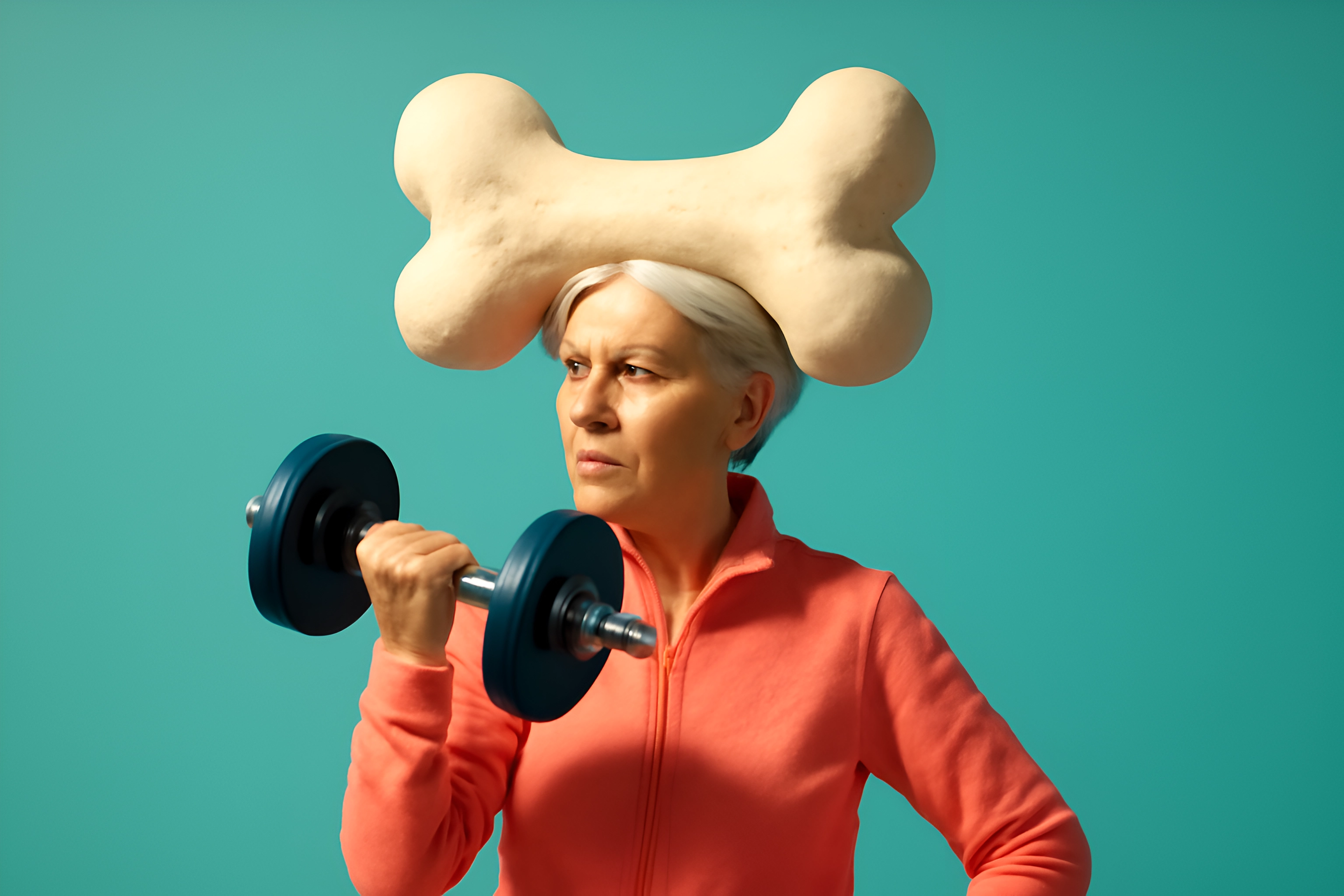
Introduction: Why Strong Bones Are Your Best Ally After 50
Imagine striding into your golden years with unshakeable confidence, full of energy, and ready for every adventure life throws your way. This isn't just a dream; it's a reality you can build, and the foundation? Strong, resilient bones. Your vitality and independence after 50 are deeply intertwined with your skeletal health, making it your most steadfast ally.
Now, let's talk frankly. It's a natural part of aging that bone density can decline, a process that can lead to conditions like osteopenia or osteoporosis. In fact, approximately 16.2% of U.S. adults aged 65 and older have osteoporosis, and women can be particularly susceptible. But here’s the empowering truth: you are not helpless in this.
The solution is powerful, accessible, and backed by science: strength training. This isn't about becoming a bodybuilder; it's about strategically using resistance to tell your bones, "Hey, I need you to be strong!" This post will guide you through safe, effective strength training routines specifically designed to build bone density, packed with expert advice tailored for the vibrant FitOverFifty community. Get ready to discover how "strength training after 50" can be your key to a sturdier, more active future.
Understanding Bone Health: More Than Just Calcium
So, what exactly is bone density and why is it such a hot topic after 50? Think of your bones as the internal framework supporting your entire body. Good bone density means your bones are strong and resilient, less likely to fracture from a simple fall, allowing you to maintain mobility and an incredible quality of life. It's about staying active, independent, and fearless.
The science behind how bones get stronger is fascinating and can be summed up by Wolff's Law. This principle essentially states that your bones will adapt to the loads placed upon them – it's the ultimate "use it or lose it" scenario for your skeleton. When you engage in activities like strength training, you're applying controlled stress to your bones. This mechanical stress is crucial for bone health, signaling your body to reinforce its structure.
Strength training specifically kicks bone-building cells, called osteoblasts, into high gear. These cells get to work laying down new bone tissue, making your bones denser and tougher. It’s a direct, proactive way to tell your body to invest in its skeletal strength, making "bone health exercises" an essential part of your wellness plan.
Safety First: Essential Precautions for Strength Training Over 50
Before you even think about lifting a weight or tensing a resistance band, what’s the absolute first step? That’s right: Consult Your Doctor. This is non-negotiable, especially if you have pre-existing conditions like osteoporosis, arthritis, or heart concerns. Getting medical clearance ensures your chosen activities are safe for your specific health profile, giving you peace of mind to move forward confidently.
Now, let's talk about getting your body ready for action with Warm-Up Wisdom. Dynamic warm-ups are your best friend, preparing muscles and joints by increasing blood flow and lubrication. Think gentle leg swings, arm circles, or torso twists for 5-10 minutes. For more ideas on gentle preparation, explore how to build a low-impact exercise routine.
The golden rule of any strength training, especially "safe strength training for seniors," is Form Over Weight. Lifting too heavy with poor technique is a fast track to injury, not results. Focus on performing each movement correctly, feeling the target muscles work, even if it means using lighter weights or just your body weight initially. Your body will thank you by getting stronger, not sorer.
Always Listen to Your Body. There's a difference between the satisfying burn of muscle fatigue and the sharp signal of pain. If something hurts, stop or modify the exercise. Pushing through pain is counterproductive and can set you back.
Understanding Progressive Overload – The Smart Way is key to continued progress. This means gradually increasing the challenge over time. It doesn’t always mean heavier weights; you can also increase repetitions, sets, or the difficulty of the exercise itself, ensuring your bones and muscles keep adapting. This gradual increase is vital for stimulating bone without causing injury.
Finally, don't skip the Cool-Down & Flexibility phase. Gentle, static stretches held for 20-30 seconds after your workout can help improve flexibility and reduce muscle soreness. This is an important part of a holistic approach to fitness.
The Bone-Boosting Blueprint: Key Strength Exercises for Over 50s
Ready to build some serious bone? We're focusing on compound exercises – the superstars that work multiple muscle groups and effectively load major bones like your hips, spine, and wrists. These are the "bone health exercises" that give you the most bang for your buck. Remember, the goal is to stimulate those osteoblasts safely!
Here’s your blueprint for a stronger skeleton, part of your essential "fitness routines for older adults":
Squats (or Chair Squats)
Why it's great for bone density: This powerhouse move targets the hips, legs, and core, directly loading the femur and spine – crucial areas for maintaining bone strength and preventing fractures.
How to perform (Chair Squat):
- Stand in front of a sturdy chair, feet shoulder-width apart, toes pointing slightly outward.
- Keeping your chest up and back straight, slowly lower your hips as if you're about to sit in the chair.
- Lightly tap the chair with your glutes (or hover just above it), ensuring your knees track in line with your toes and don't extend past them.
- Push through your heels to return to the starting position.
Modifications/Beginner Options: Use the chair for full support by actually sitting down and standing up. For a standard squat, remove the chair but maintain the same form.
Safety Cues: Keep your back straight, engage your core, and ensure your knees stay behind your toes.
Wall Push-Ups (or Incline Push-Ups)
Why it's great for bone density: This exercise strengthens your chest, shoulders, arms, and core, while importantly providing weight-bearing stress through your wrists and forearms, areas often vulnerable to fractures.
How to perform (Wall Push-Up):
- Stand facing a wall, about arm's length away.
- Place your palms flat on the wall at shoulder height and width.
- Keeping your body straight from head to heels (like a plank), bend your elbows and lean your body towards the wall.
- Push back to the starting position, engaging your chest and arm muscles.
Modifications/Beginner Options: Move closer to the wall to make it easier, or further away to make it harder. Progress to incline push-ups on a sturdy counter or bench, and eventually to floor push-ups (on knees or toes).
Safety Cues: Keep your core engaged to prevent your back from sagging. Control the movement throughout.
Dumbbell Rows (or Resistance Band Rows)
Why it's great for bone density: Rows are fantastic for your back muscles (latissimus dorsi, rhomboids) and biceps, promoting good posture which is vital for spinal health and reducing stress on vertebrae.
How to perform (Dumbbell Row - Single Arm):
- Place your left knee and left hand on a sturdy bench or chair for support. Your back should be flat and parallel to the floor.
- Hold a dumbbell in your right hand, arm extended towards the floor.
- Pull the dumbbell up towards your chest, keeping your elbow close to your body and squeezing your shoulder blade.
- Slowly lower the dumbbell back to the starting position. Complete reps and switch sides.
Modifications/Beginner Options: Use a resistance band anchored to a sturdy object, or perform bent-over rows with light dumbbells without bench support if balance is good.
Safety Cues: Maintain a flat back throughout the movement; avoid rounding. Pull with your back muscles, not just your arm.
Lunges (Static or Supported)
Why it's great for bone density: Lunges are excellent for loading the bones in your legs and hips, one leg at a time, which also challenges and improves your balance.
How to perform (Static Lunge):
- Stand with feet hip-width apart. Take a comfortable step forward with your right leg.
- Keeping your torso upright, lower your body until both knees are bent at a 90-degree angle. Your front knee should be directly above your ankle, and your back knee should hover just above the floor.
- Push through your front heel to return to the starting position (or stay in the lunge position and pulse for static lunges). Repeat on the other side.
Modifications/Beginner Options: Hold onto a chair or wall for support. Take smaller steps or don't go as deep into the lunge.
Safety Cues: Keep your front knee aligned with your ankle, not drifting inward or past your toes. Engage your core for stability.
Overhead Press (Light Dumbbells or Bands)
Why it's great for bone density: This move strengthens your shoulders and upper back, and when done standing, it engages your core and helps load the spine.
How to perform (Seated Dumbbell Overhead Press):
- Sit tall on a chair with back support, feet flat on the floor. Hold a light dumbbell in each hand at shoulder height, palms facing forward.
- Press the dumbbells overhead until your arms are almost fully extended, but not locked.
- Slowly lower the dumbbells back to shoulder height.
Modifications/Beginner Options: Use very light weights, water bottles, or a resistance band looped under your feet (if standing) or chair. Perform one arm at a time.
Safety Cues: Keep your core engaged and avoid arching your lower back. Control the movement, especially on the way down.
Plank (Modified on Knees if needed)
Why it's great for bone density: The plank is a fantastic isometric exercise for core strength, which is essential for supporting your spine and protecting it from injury. A strong core contributes to overall stability.
How to perform (Modified Plank on Knees):
- Start on all fours, then lower onto your forearms, ensuring your elbows are directly under your shoulders.
- Extend your legs back one at a time, resting on your knees (rather than toes for the modified version). Your body should form a straight line from your head to your knees.
- Engage your core and glutes, and hold the position.
Modifications/Beginner Options: Start with shorter holds (10-15 seconds). Progress to a full plank on your toes when ready.
Safety Cues: Don't let your hips sag or pike up. Keep your neck in line with your spine. Breathe steadily.
Bird-Dog
Why it's great for bone density: The bird-dog is a gentle yet effective exercise for core stability, balance, and proprioception. It helps strengthen the muscles supporting your spine without putting excessive stress on it.
How to perform:
- Start on all fours, with your hands directly under your shoulders and knees directly under your hips. Keep your back flat.
- Engage your core. Slowly extend your right arm straight forward and your left leg straight backward simultaneously.
- Keep your hips and shoulders square to the floor. Hold for a few seconds.
- Slowly return to the starting position and repeat on the other side (left arm, right leg).
Modifications/Beginner Options: Start by extending only one limb at a time (just an arm, or just a leg) until you feel stable enough to do opposite arm and leg.
Safety Cues: Avoid arching your back. Move slowly and with control. Keep your gaze towards the floor to maintain neck alignment.
Structuring Your Strength Routine for Optimal Bone Density
Consistency is your superpower when it comes to building bone density. How often should you be doing these amazing exercises? Aim for 2-3 non-consecutive days per week. This gives your muscles and bones adequate time to recover and adapt, which is when the real magic happens.
When it comes to Sets & Reps, a general recommendation for bone health is to perform 2-3 sets of 8-12 repetitions for each exercise. The key is that the last few repetitions should feel challenging but still allow you to maintain good form. Remember, for bone density, the load (the challenge) is important, but safety and proper form must always come first, especially when starting out.
Don't underestimate the power of Rest. Allow for about 60-90 seconds of rest between sets to catch your breath and prepare for the next round. Crucially, give your muscle groups at least 48 hours of rest between strength training sessions to fully recover and grow stronger.
Here’s a Sample Weekly Split to give you an idea:
- Day 1: Full Body Routine (e.g., Squats, Wall Push-Ups, Dumbbell Rows, Plank)
- Day 2: Rest or Active Recovery (think gentle walking, stretching, or perhaps some low-impact cardio ideas)
- Day 3: Full Body Routine (you can repeat Day 1's exercises or choose slight variations like Lunges, Overhead Press, Bird-Dog)
- Day 4: Rest or Active Recovery
- Day 5: Optional: Repeat one of your full-body routines or focus on another activity you enjoy.
- Days 6 & 7: Rest or Active Recovery
This structure ensures you're consistently stimulating your bones without overdoing it. Listen to your body and adjust as needed – this is your journey!
Beyond the Weights: Holistic Support for Your Skeletal Health
While strength training is a champion for bone density, it doesn’t work in a vacuum. Think of it as one crucial player on a whole team dedicated to your skeletal health. First up is Nutrition Power-Up. Your bones are literally built from the nutrients you consume. Calcium is the primary building block, and Vitamin D is essential for your body to absorb that calcium effectively. For women over 50, aiming for about 1,200 mg of calcium and 800-1,000 IU of Vitamin D daily is a great target. For more on fueling your body right, check out our age-defying nutrition and meal planning tips.
Don't forget The Role of Other Weight-Bearing Activities. While strength training provides targeted stress, activities like brisk walking, jogging (if appropriate for your joints), dancing, and even taking the stairs all contribute to bone health. These activities provide the "good stress" your bones need to stay strong. The more varied your movement, the better!
Finally, Recovery is Key. This encompasses more than just rest days. Quality sleep is when your body does most of its repair work, including bone remodeling. Staying well-hydrated is crucial for all bodily functions, and managing stress is important because chronic stress can actually have a negative impact on bone density. At FitOverFifty, we believe in this holistic approach, understanding that every aspect of your lifestyle contributes to your overall well-being and strength.
Conclusion: Embrace Your Strength, Build Your Future
Let this be your takeaway: strength training is not just safe and accessible after 50; it is a profoundly effective way to actively build and maintain your precious bone density. You hold the power to fortify your frame, enhance your independence, and step into the future with greater confidence and vitality. It’s about taking control and investing in a version of yourself that remains strong, active, and resilient for all the years to come.
It is truly never too late to start making a positive impact on your health. The journey to stronger bones begins with a single step, a single movement. You don't need to overhaul your life overnight.
So, what’s your next move?
- Start with one or two exercises from this guide this week. Feel the movement, focus on your form, and gradually build from there.
- If you're feeling unsure or have specific health concerns, consider working with a qualified personal trainer who specializes in senior fitness. They can create a personalized plan and ensure you're exercising safely and effectively.
- We’d love to hear from you! Share your favorite bone-boosting exercises or any tips you’ve found helpful in the comments below! Your experience can inspire others.
- And finally, explore more FitOverFifty resources on active aging, healthy living, and embracing your best life after 50. Your strongest years are ahead of you!
